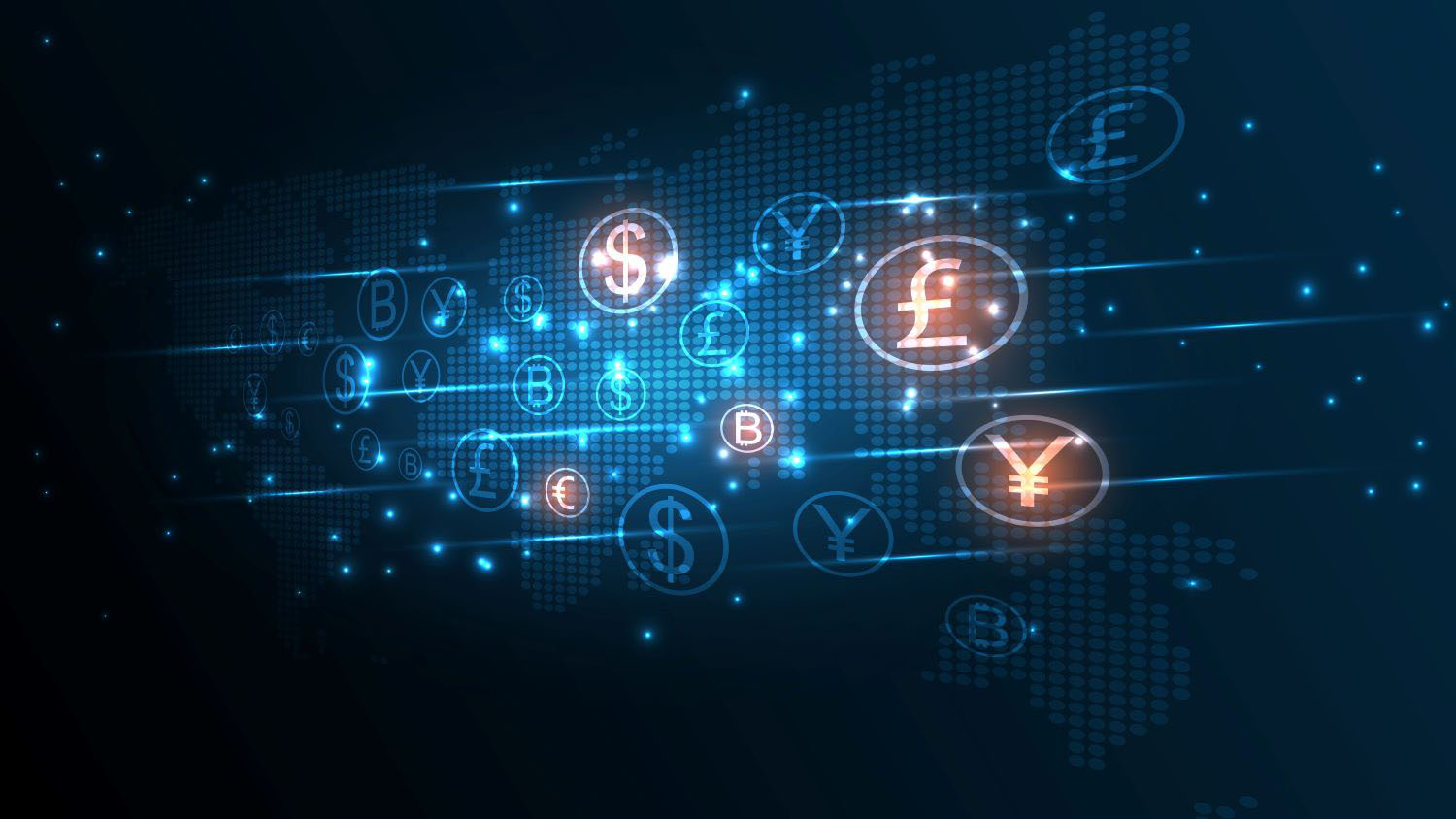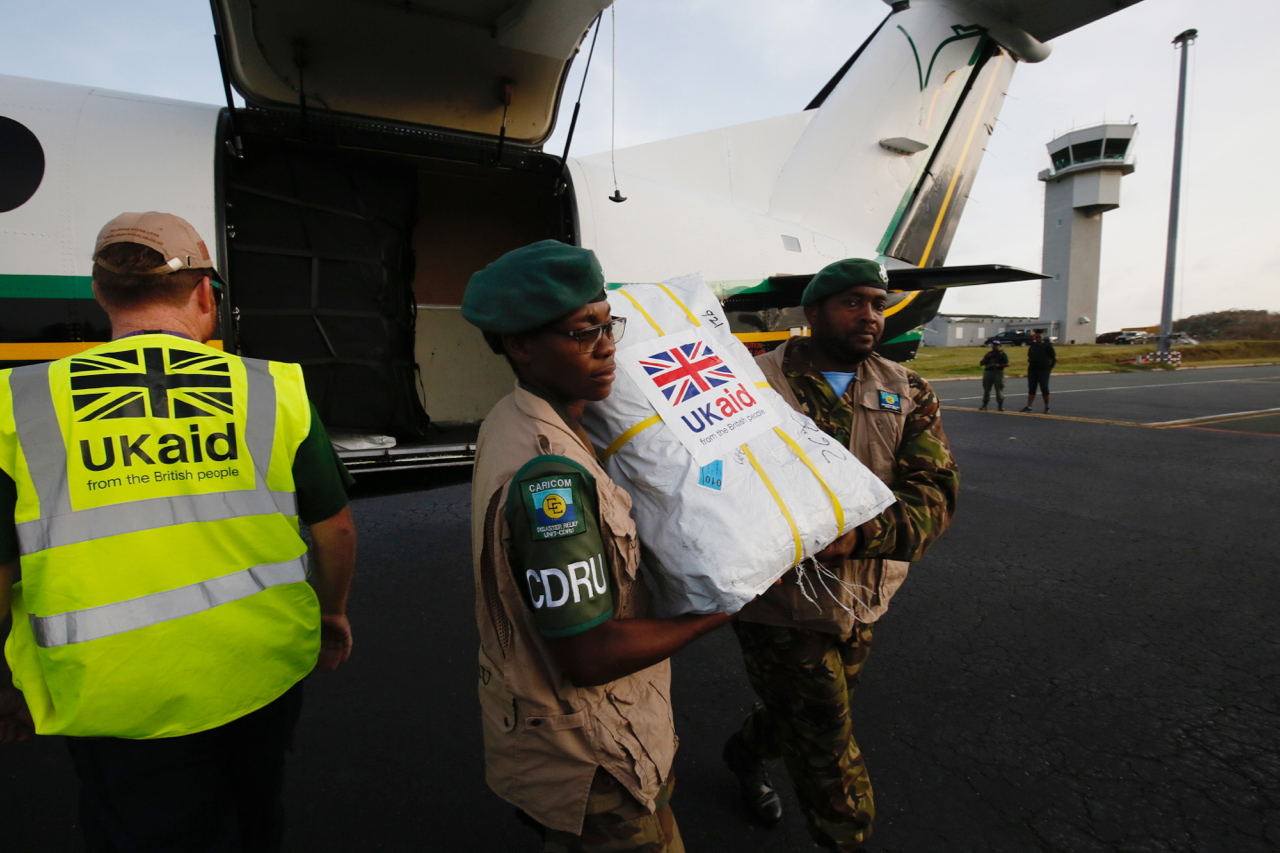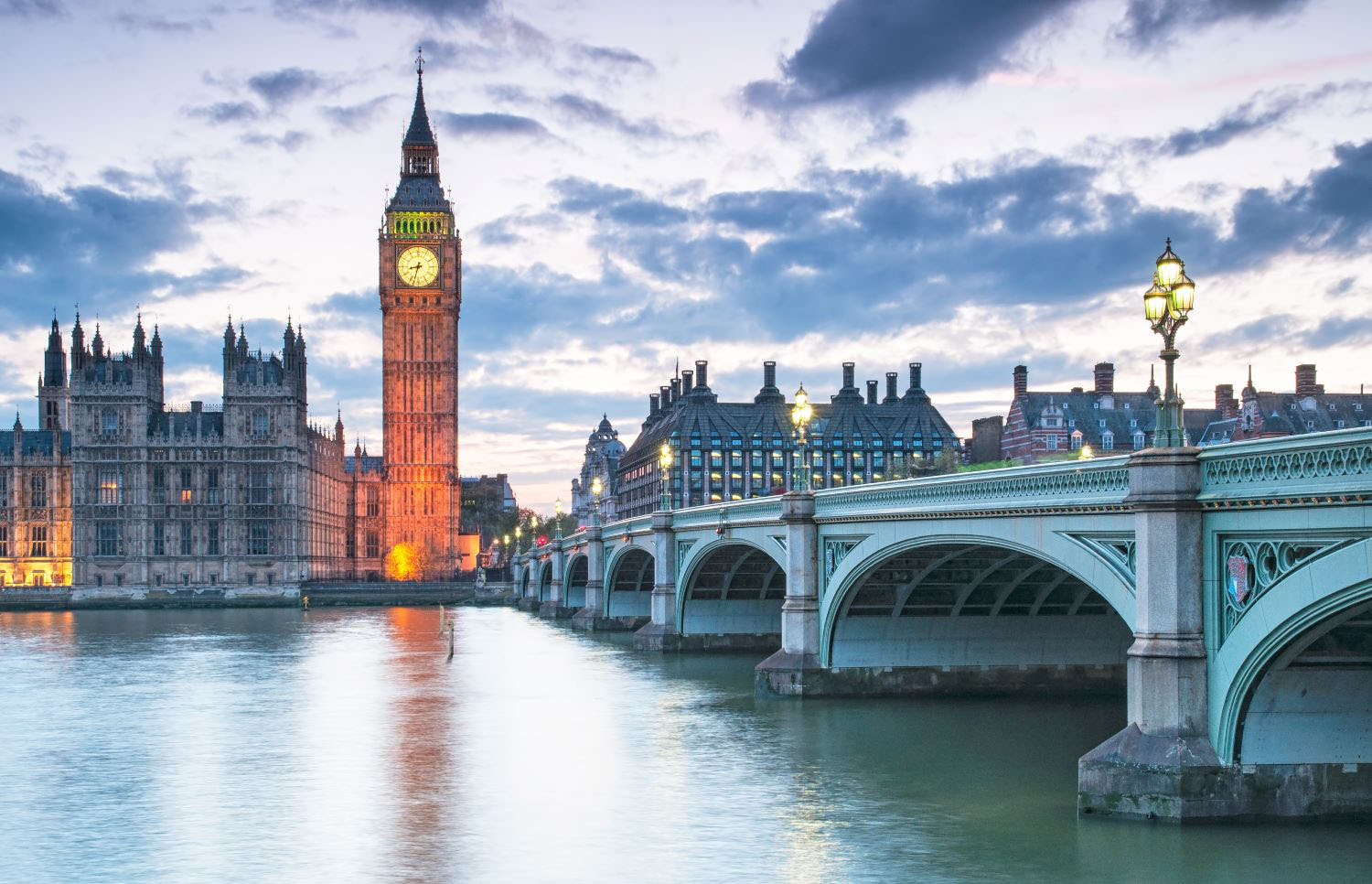Recommended
More From the series

CGD NOTES
Preface
The largest allocation of IMF Special Drawing Rights (SDRs) in history—$650 billion—will likely take place in August. This liquidity injection is badly needed by many middle- and low-income countries that are still struggling with the economic impact of the COVID-19 pandemic. But many rich countries do not need the liquidity, and the global community is now focused on how to use the rich countries’ excess SDRs to benefit the poor.
As we have noted elsewhere, the use of SDRs is governed by a complex set of rules that ensure they function as a reserve asset in the global economy. As is evident from the recent G20 communiqué, preserving the SDRs’ unique character will play an important role in how the global community decides to use the SDRs. At the same time, there is an imperative for them to be used in a transparent and accountable way. Accomplishing all of this will be tricky, especially when the needs are pressing and the world is impatient for results.
In this note, David Andrews looks at one mechanism that could work for using excess SDRs to the benefit of low- and middle-income countries: donating them. It is a simple idea but hardly straightforward, as he demonstrates with a “case study” of how the United Kingdom might do this. The UK’s rules governing the use of its reserves, when overlayed on the IMF’s rules surrounding SDRs, make for a difficult thicket to plow through to effect a donation of SDRs.
To ensure we don’t bury the lede, I will quote his last line: “Most importantly, the UK example suggests that a lot of work will need to be done, country-by-country, to ensure that the world benefits to the fullest from the SDR allocation.”
This note is a first step in doing all that work. But it now needs to be repeated for every rich country who wants to use their newfound liquidity to help its global neighbors that are struggling.
Mark Plant
Director of Development Finance and Senior Policy Fellow
Center for Global Development
Introduction
There is a clear rationale for recycling SDRs to countries in greater need. The shares of low-income countries (LICs) and many middle-income economies in the SDR allocation expected later this year[1] will fall short of what they need to respond to the pandemic and its aftermath, while many advanced countries are likely to have “surplus” SDRs. And it is tempting to see this as an easy ask. If the surplus SDRs issued to advanced countries are a costless windfall, surely it should not be a difficult decision, in economic or political terms, to use them for the benefit of other countries at a time of crisis?
If only it were so simple to recycle SDRs. Even if there is a strong political impetus, the combination of the necessary accounting for SDR allocations and the institutional framework in recipient countries poses significant challenges to recycling. These factors are likely to result in priority being given to a reallocation via SDR loans to the IMF’s Poverty Reduction and Growth Trust (PRGT). This has so far been the main (or even the only) vehicle for the limited reuse of SDR that has occurred since the last allocation. It provides additional support to LICs, and has the advantage for lenders of protecting the reserve asset qualities of their SDRs and carrying no budgetary cost. At the other extreme, donations of SDRs may be much harder to engineer.
The obstacles
First there is the accounting. Creating new SDRs results in both a liability and an asset. The allocation is recorded by the recipient country as a liability because of the possibility that some of the allocation could be cancelled—although this has never happened—and because interest is payable on the full value of the allocation at the SDR interest rate.[2] On the asset side, SDR holdings rise in tandem with the allocation and earn the SDR interest rate. As long as holdings are kept in line with the allocation, the SDR is indeed a costless asset.
This accounting treatment has two implications:
-
First, if SDRs are lent or donated by a country, its holdings of SDRs decline, so that a net SDR interest cost is due. If SDRs are lent, this cost is offset as long as the loan earns at least the SDR interest rate. If SDRs are donated, the donor can offset the SDR interest cost by exchanging some of its other reserve assets for SDRs to restore the balance between its SDR holdings and its allocation. But this will entail interest foregone on the reserve assets exchanged for SDRs.
-
Second, a donation of SDRs would result in an imbalance, with liabilities exceeding assets.[3] And if restoring this balance entails an additional budgetary cost, why not simply finance a donation through the budget and not link this to the SDR allocation? Alternatively, and subject to the particular institutions, laws, and regulations of the prospective donor country, is there some means by which the SDRs can be donated without incurring a budgetary cost?
The institutional framework for SDRs and their use varies across countries. A key consideration is whether the SDR allocations are made to the central bank and then reside on its balance sheet or to another branch of government such as the ministry of finance or treasury. But, beyond that general distinction, much depends on the precise arrangements in each country.
The UK provides a good illustration of the interplay between the accounting for the SDR allocation and the institutional set up. The Exchange Equalization Account (EEA), which is controlled by the Treasury, holds the UK's reserves of gold, foreign currency assets, and SDRs.[4] This institutional set up differs from most countries in which official reserves including SDRs are on the balance sheet of the central bank.[5] But as well as highlighting the advantages of lending SDRs and the difficulty of donating SDRs, this example also shows how it may be possible to use SDR to support a donation with no net impact on the government’s borrowing requirements.
The UK example
The UK has, for a number of years, lent some of its SDR holdings to the PRGT. This lending reduces the UK’s SDR holdings, so that earnings on its holdings fall short of interest due on its allocation. But this shortcoming is offset by interest earned at the SDR interest rate on loans to the PRGT. And although lending to the PRGT has a maximum maturity of 10 years, the UK’s claims remain liquid. The lending is in the form of notes which can be traded with other official entities, and the liquidity of these claims is also supported by the “encashment” regime available to lenders to the PRGT. This allows participating lenders to seek early repayment of their loans in case of balance of payments need while also authorizing their own loans to be drawn upon to meet early repayments by other lenders. These features, coupled with the relatively low risk of lending through the PRGT, allows the EEA to treat its loans to the PRGT as fully liquid international reserves, while earning the same interest as SDR holdings. In May 2020, the UK’s lending agreement was amended to raise the total available to the PRGT to SDR 4 billion. Although this was one of the larger bilateral lending agreements supporting the PRGT, it approximates to only about 40 percent of the UK’s existing SDR allocation.
The proposed SDR allocation would add about 14 percent to the assets of the EEA.[6] The UK’s share of a $650 billion allocation would be $27.6 billion, or about £20 billion, and bring a near three-fold increase in the UK’s SDR holdings. The increase in reserves would also be significant in relation to recent funding of the EEA. Following the global financial crisis in 2008, official reserves were augmented “to ensure that the level of foreign currency reserves held is sufficient for the UK to remain resilient to possible future shocks.” The EEA’s annual report notes that “a further £6 billion in additional financing was provided in 2019-20 … concluding the program of additional financing which has seen an additional £72 billion invested over 12 years.”
Some of the resulting excess reserves from the UK’s new allocation could be used to provide larger loans to the PRGT. This would have the advantages noted above for both LICs and the UK. But on a global scale there may well be many more SDRs available from potential lenders than the PRGT could absorb. This has a number of dimensions. The scale of lending may become too large in relation to the PRGT reserve account which can be drawn upon to repay lenders in the event of delayed repayments by countries borrowing from the PRGT. The weakening of this important risk mitigant would become more of a concern if sharply higher lending by the PRGT brought greater risks of debt distress among LICs. In addition, while the PRGT has adequate subsidy resources to maintain commitments at the high level of over SDR 6 billion seen in 2020 for the next 3-4 year, these resources will need to be replenished at some point. Other avenues will be needed to ensure that surplus SDRs are used effectively.
A direct donation of SDRs from the UK’s EEA does not appear to be possible. The current rules governing the EEA’s operations, including the act under which it was established, do not suggest that there is scope for the Treasury to approve a donation from the EEA. Moreover, the EEA is closely linked to the National Loans Fund (NLF), which provides the bulk of its resources.
But there may be an indirect channel to mobilize surplus reserves from the SDR allocation for a donation. The Treasury is authorized to pay into the NLF assets of the EEA that are determined by the Treasury to be in excess of the amount this is required for the purposes of the EEA.[7] On this basis, the Treasury could decide to return to the NLF at least part of the “excess” reserves arising from the SDR allocation. The SDRs would remain in the EEA and be available to be exchanged for reserve currencies as needed. Some of the EEA’s non-SDR reserves would be paid to the NLF; the counterpart of this decline in gross reserves would be a reduction in the EEA’s liabilities to the NLF. The repayment to the NLF would entail a corresponding decline in government debt. Thus, it may be possible for the UK government to make a donation equivalent to at least part of the SDR allocation without this adding to total government borrowing prior to the SDR allocation. At the same time, the reserves of the EEA would be at least as large as they were before the SDR allocation. The donation would also not entail an interest cost. SDR holdings would not fall below the allocation, so no net SDR interest would be due. The EEA would forgo earnings on reserves paid into the NLF, but this would be offset by lower debt payments.
Budgetary approval for a donation using this channel could be considered to lie outside usual constraints. If the UK were to donate to support LICs—either directly or through a special purpose health or climate fund—this would likely require budgetary approval. But this external donation would in a real sense be costless. The donation would not have taken place without the SDR allocation, it would not add to government debt, and it would not affect domestic demand. Thus, there would be a strong case for this spending to be added to the existing budget. In particular, it should add to the aid budget. This would require a decision not to score the donation—which could potentially be large—against the current ceiling in official development assistance. To do otherwise would simply be to mobilize the unused SDRs to finance existing expenditure with no net benefit to LICs or middle-income countries in need.
Conclusion
The UK example may not be directly applicable in facilitating donations from other countries. Every country will have its own institutional arrangements, which will place different constraints on their ability or willingness to unlock SDRs to benefit LICs or middle-income countries.
But, from this UK example, a few points stand out:
-
Lending to the PRGT ticks all the boxes for the lender. Credit and liquidity risks are mitigated, allowing the SDRs lent to retain their reserve asset qualities and there is no interest cost. But other worthy uses may not meet all these criteria, so lenders might need to sacrifice liquidity and accept some credit risk.
-
In the UK case, the SDR allocation would facilitate a donation, but without the SDRs themselves being donated. This may be a useful approach in other countries considering donations. And when countries consider lending SDRs, it may be easier to lend other reserves which are excess to requirements as a result of the SDR allocation.
-
Even if a donation can made at no cost—as appears to be the case in the UK—this may well require a decision that goes beyond the scope of a central bank’s independent mandate. If the SDRs are under the control of the central bank, it may first be necessary to transfer this control to the government.
-
Most importantly, the UK example suggests that a lot of work will need to be done, country-by-country, to ensure that the world benefits to the fullest from the SDR allocation.
[1] International Monetary Fund. “IMF Executive Directors Discuss a New SDR Allocation of US$650 billion to Boost Reserves, Help Global Recovery from COVID-19.” Press release, 23 March 2021.
[2] Balance of Payments Manual (6th edition), IMF: “SDRs are international reserve assets created by the IMF and allocated to members to supplement existing official reserves. … Holdings of SDRs by an IMF member are recorded as an asset, while the allocation of SDRs is recorded as the incurrence of a liability of the member receiving them (because of a requirement to repay the allocation in certain circumstances, and also because interest accrues).”
[3] A country cannot opt to have its SDR allocation provided directly to another country or countries. The SDRs must be allocated to countries in proportion to their IMF quotas; it is the SDR holding and not the allocation that can be lent or donated. For this reason “recycling” of SDRs is more accurate than the commonly used but misleading “reallocation” of SDRs.
[4] Combined with the UK’s Reserve Tranche Position (RTP) at the IMF and other lending to the IMF under the New Arrangements to Borrow (NAB), these assets make up the UK’s “the Official Reserves.” The RTP and NAB loans are held in the National Loans Fund (NLF) for which separate accounts are published by the Treasury.
[5] Among G7 countries, the US Exchange Stabilization Fund and the Canada’s Exchange Fund Account are similar to the UK’s EEA.
[6] Based on the reserve figure £144 billion at end March 2020, the latest accounts on the government website. https://assets.publishing.service.gov.uk/government/uploads/system/uploads/attachment_data/file/919578/EEA_Annual_Report_and_Accounts_2019-20_print.pdf
[7] Section 2 of the Exchange Equalization Account Act 1979 https://www.legislation.gov.uk/ukpga/1979/30/section/2
Rights & Permissions
You may use and disseminate CGD’s publications under these conditions.








